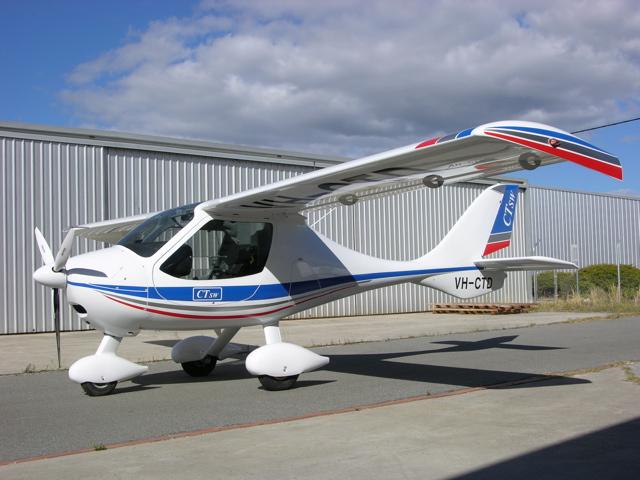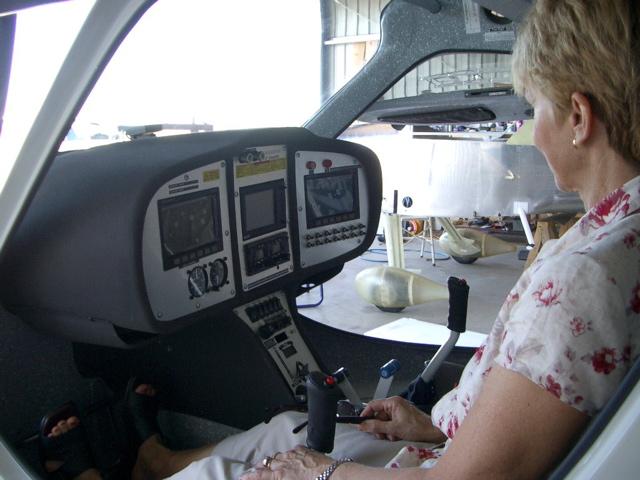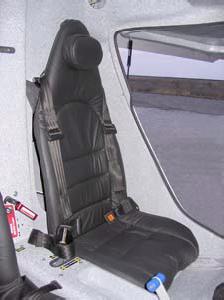-
Posts
9,295 -
Joined
-
Last visited
-
Days Won
108
Content Type
Profiles
Forums
Gallery
Downloads
Blogs
Events
Store
Aircraft
Resources
Tutorials
Articles
Classifieds
Movies
Books
Community Map
Quizzes
Videos Directory
Posts posted by Admin
-
-
Ok, so it seems a Yes for a Glider Forum
I will set it upbutI willsay after a month or so if there isn't much activity in it then we might have to re-evaluate whether it is really worth having.
Now there's a challenge to all the glider pilots - let all your glider colleagues know about it and let's try and make it a valuable contribution here.
Hey, you now even have me interested so I might look at going up in a glider now but there is something about having that fan up the front but the experience would help any pilot should that fan decide to suddenly stop :confused:
That reminds me of a time at my club when a Glider Pilot was training in a Gazelle for their conversion. So there they were, a highly experienced instructor and a glider pilot practicing forced landings when a circlip in the carby broke and they had a real life engine failure - what better situation could you get - a highly experienced instructor and a glider pilot doing a real forced landing. I heard they didn't even bother doing a Mayday call and just simply glided/landed into a paddock and "Phoned Home"
-
Where did you get the Savannah from Rob?
-
That is a beautiful machine Capt
-
Ross, there isn't a limit on the number of pictures you can post - can you please try and post some more and let me know if you are having any problems so I can look into it?Apparently I cannot stick any more pics in here as I am denied access when I try to insert more pictures. I suppose that makes it so non broad band members can avoid tedius waits beacause oflots ofpictures and look at it if they want to in smaller sessions.To be continued maybe....!
The process to add pictures (from your own c drive), which have to be done one by one is:
1. Click the little picture of a tree in the menu bar across where you create your post
2. Click Browse in the middle of the left hand side
3. Select the image on your own PC - make sure it isn't greater then 150k in size
4. Click Upload on the bottom left side of the image upload form
5. Click OK when the message to be patient pops up
6. Click OK in the bottom right hand side when the image is shown in the preview box
-
Just curious whether we should create a forum for Gliders - similiar to the current GA forum we have here. My only concern is whether we would get enough posts to warrant onefor if we don't it becomes just another forum that takes up space on the main page and not generating any interest
-
Stay tuned Roger - there will be a forum here hopefully in the next couple of days called "The Best Photo Competition" where the best photo each month wins a short subscription to an Australian Aviation Magazine.
Other then that I can't get the time to read through the 3 magazines that I subscribed to - naturally the RA-aus mag, Australian Flying and Computer Pilot.
We all know that RA-aus mag is specific to us and I find Australian Flying more kind to the recreational flying community then others and offcourse with my keyboard flying Computer Pilot is good for that plus it has a lot of proper technical articles like flying a glideslope, radio calls etc.
Just my thoughts!
-
Put me down for one - always wanted to know what it would be like flying a Gassair - a friend has one so the day he got it I got a picture of a credit card and blew it up to A4 size, presented it to him at the club and said that he would be needing it now for his fuel bill. I won't need that with yours!
-
Crikey Brad that panel looks almost real - when will she be released for Flight Sim?
VHEVG
Power Driven Aeroplane with tricycle-retractable landing gear
Single Piston engine
Manufacturer: AMATEUR BUILT AIRCRAFT
Model: GIII
Serial number: V209
Aircraft first registered in Australia: 02 October 1998
Full Registration
Registration holder as of 06 March 2006
GLASSAIR PTY LIMITED
PO Box 805
STRATHFIELDSAYE VIC 3551
AUSTRALIA
Registered operator as of 06 March 2006
GLASSAIR PTY LIMITED
PO Box 805
STRATHFIELDSAYE VIC 3551
AUSTRALIA
-
Michael - Correct me if I am wrong but there is NO minimum age for training other then going Solo so your son could start training now. A student could potentially have clocked up many hours training and be a very experienced pilot without any solo hrs, then when old enough, just do their solo hrs and sit their test.
-
Capt - I had an opportunity to wear a pair of Bose when I went for a flight as a passenger - I went straight out and bought 2 pair.
The only problem I have is every now and then I can get a loud boooom which I believe is due to me wearing glasses and the seal brakes causing feedback or something in the ANR.
Having just sold the CT the headsets went with it so when my new one comes I will again (at this stage) be buying another 2 pair of Bose.
-
Brad - I am probably not old enough to know what that is but I do know I got yourPiper Warrior that you have done for Flight Sim - it is fantasticas it flies so real to life
-
That's great news Don:clap: - have you any pictures you can share
-
Hi Geoff
I use the "Screw It" tie down kit which is pretty good and light enough to keep in the aircraft all the time. I haven't come across it yet but I believe that in REALLY hard ground they may struggle a bit. I did have a more heavier duty kit that would almost go into concrete but was about 5kg.
-
- sadly no I can't get the name of the image in the post without having to do some coding to get it and add it to the post and also the image is now stored on the server and when you upload it the date and a sequence number is added to the name so that would also have to be striped from the name first - can't promise anything but I will put it on the wish listIan, I guess it's just one of those "teething problems"but is it possible to have the image name show with the pic as we used to have on the old forum?Paul -
I like that little green patch in the middle of the 3rd picture - they are some amazing pictures of some really out of the way strips
-
Thruster
I have a 350D after changing over from aNikon D70.
The Canon is smaller in the hand if you have large hands but the images
seem brighter although the Nikon has better lenses.
I would have
to doubt the expense of something like the 350D or D70 unless you are
using it a lot but the good thing with an SLR is the quick turn on and
shoot and very fast inbetween multiple shots especially as an aircraft
is taking off or landing.
-
Well done hope it all comes together for you - you will have to let us all know when you get the strip in so we can all drop in and say
-
- sorry Paul but I just have to say
 - someone has finally beaten Paul - onya Geoff - now come on Paul rise to the challenge cause I was just about to make you our resident airfield Guru
- someone has finally beaten Paul - onya Geoff - now come on Paul rise to the challenge cause I was just about to make you our resident airfield Guru(note: this post is made in fun and hope that it is taken that way)
-
This thread is all about guessing an airstrip. It started in the old forums and had 188 posts but all were not able to be moved over to these new forums.
The objective is that a person posts a picture of an airstrip and the first person to correctly guess it posts an airstrip themselves and on it goes.
PaulN was the one to beat last time so give it a go!
-
Again, fantastic photos Gregg
-
Thanks Jules

The point here is that not only are they fantastic photos but for those that also have a PPL that in these days with security so high at airports (subject of many other threads
 ) and whatever our thoughts are about CASA, ATC etc, that ATC really are here to help us and can be very obliging if we only ask first.
) and whatever our thoughts are about CASA, ATC etc, that ATC really are here to help us and can be very obliging if we only ask first.I mean did you ever think that you could ever fly above an International Airport such as YMML - I never thought you would even get a hint of permission to do that!
Thanks again Jules.
-
-
I have been so busy lately that I have only just opened the April edition of the RAA mag and found my CT on pg 28. I know I have been on a bit about weights lately but in the article Andrew Geraghty, the editor of the mag, goes for a TIF in my CT (this is the first I had heard about it) and now how can I put this ummm well aahh Andrew is a ummmmm a "solid" guy and when he mentions that the GPS is showing 130kts very quickly and then 148kts I sorta worked out that the extra 14kg of weight I was worrying about is just not worth thinking about if you get a stronger aircraft, paint, spats etcwith the new LSA CTsw.
-
- The auto pilot switch is a white button on the stick just in front of the red PTT button. The Dynon Engine Panel on the right does have manifold pressure and I believe a fuel management system but not actual fuel gauges.
Just to upset you more paul here are the new swish high back seats that are an option:





Class E Airspace
in AUS/NZ General Discussion
Posted
Just my penny's worth!